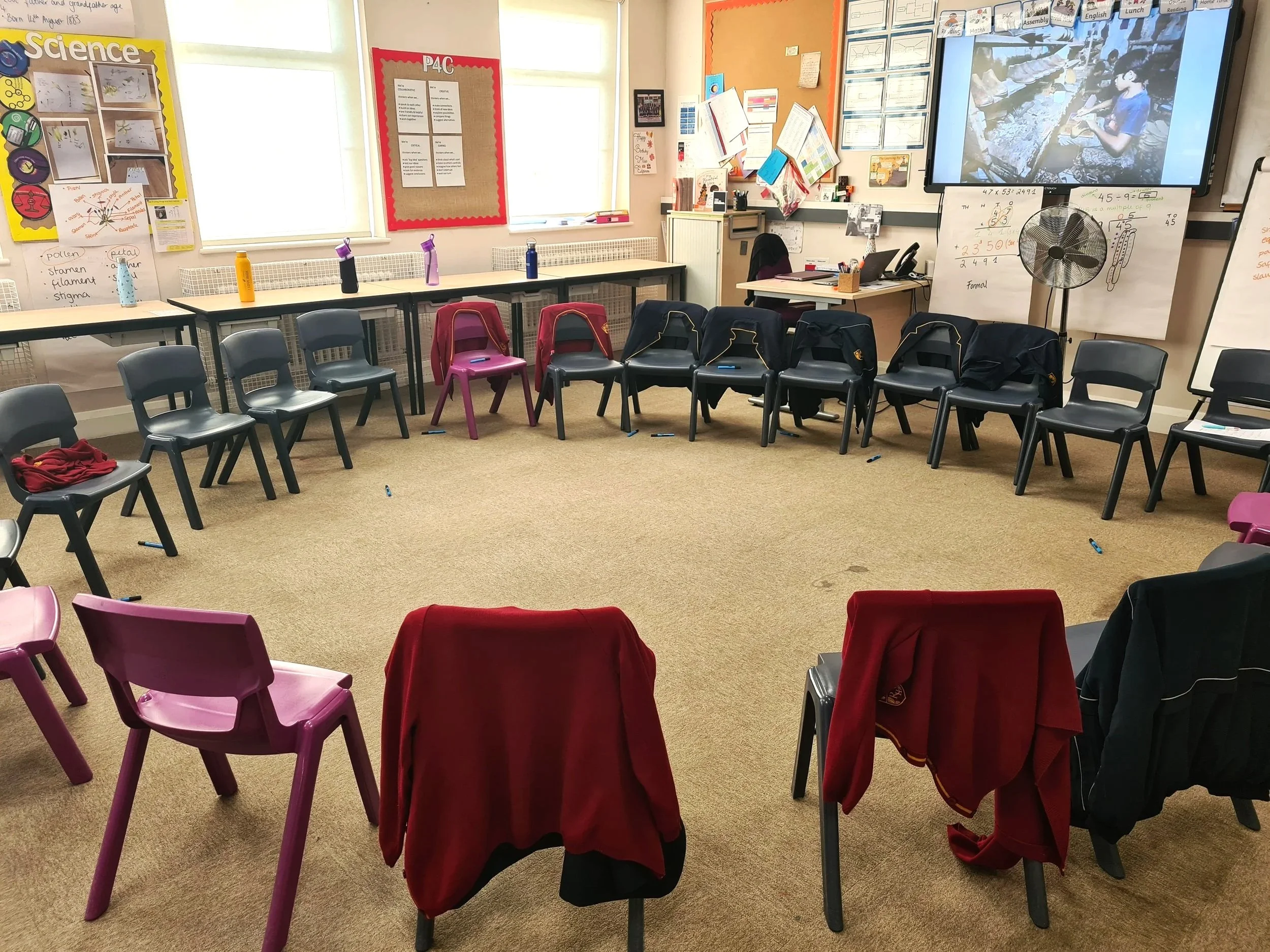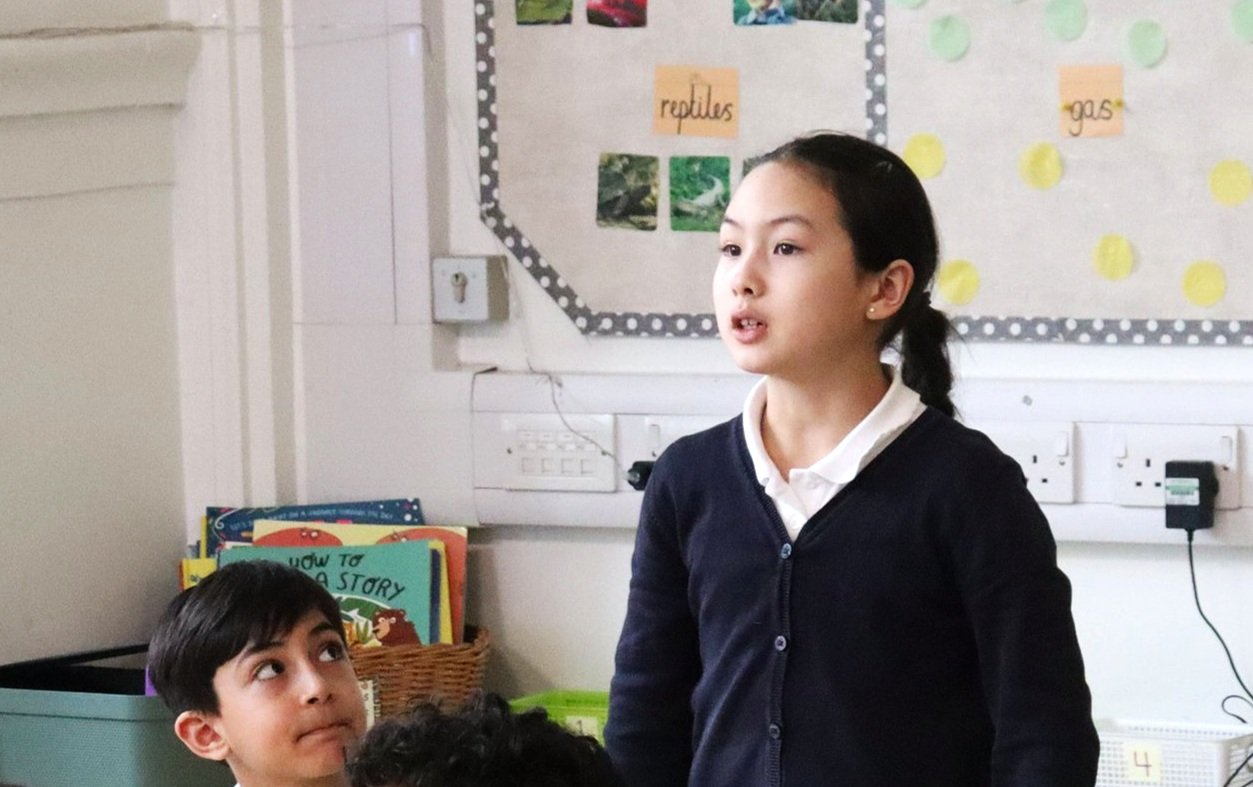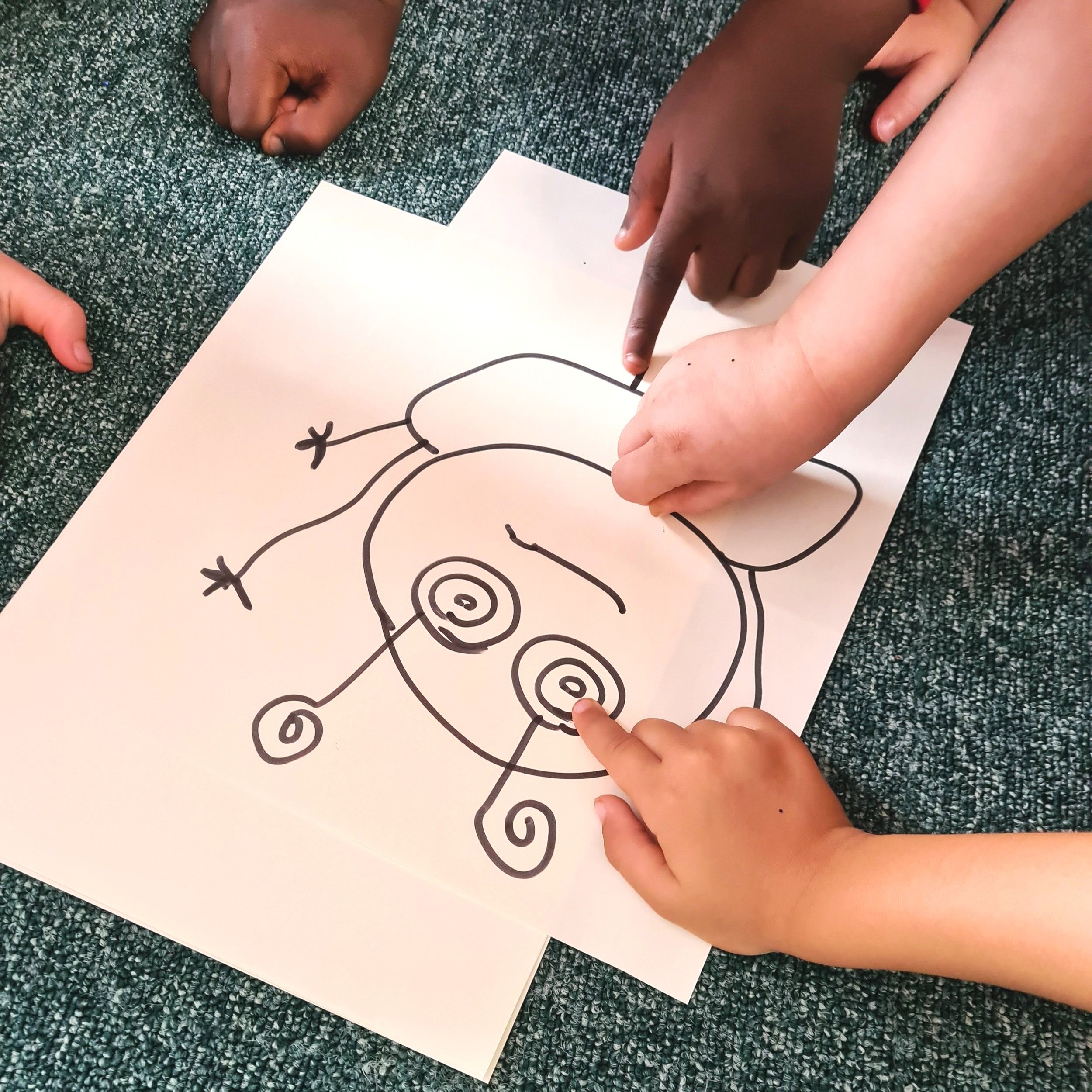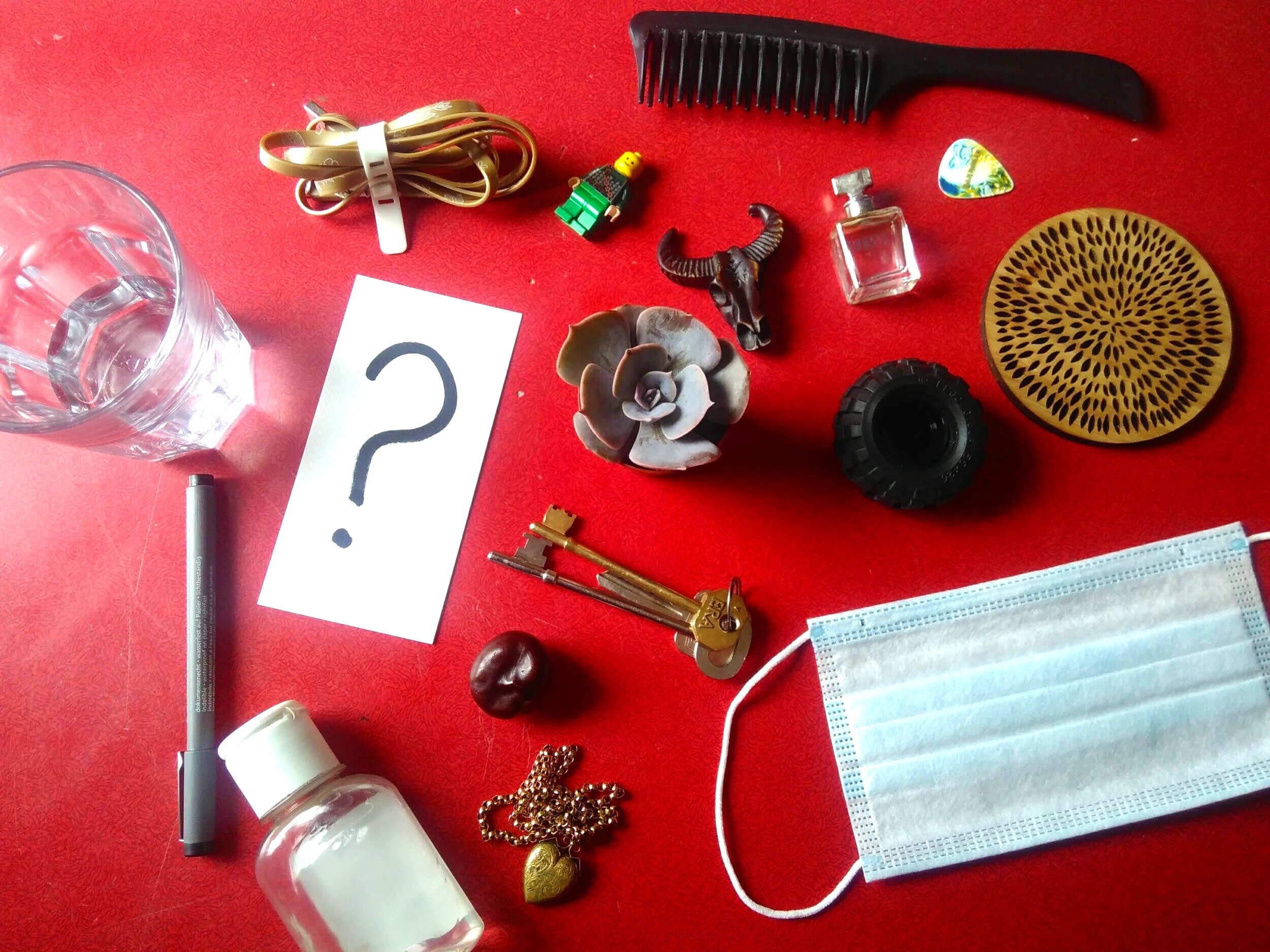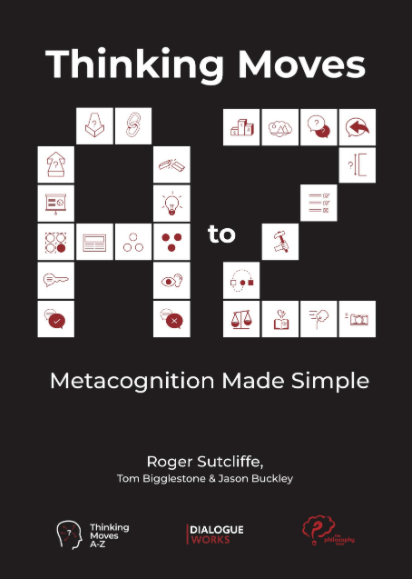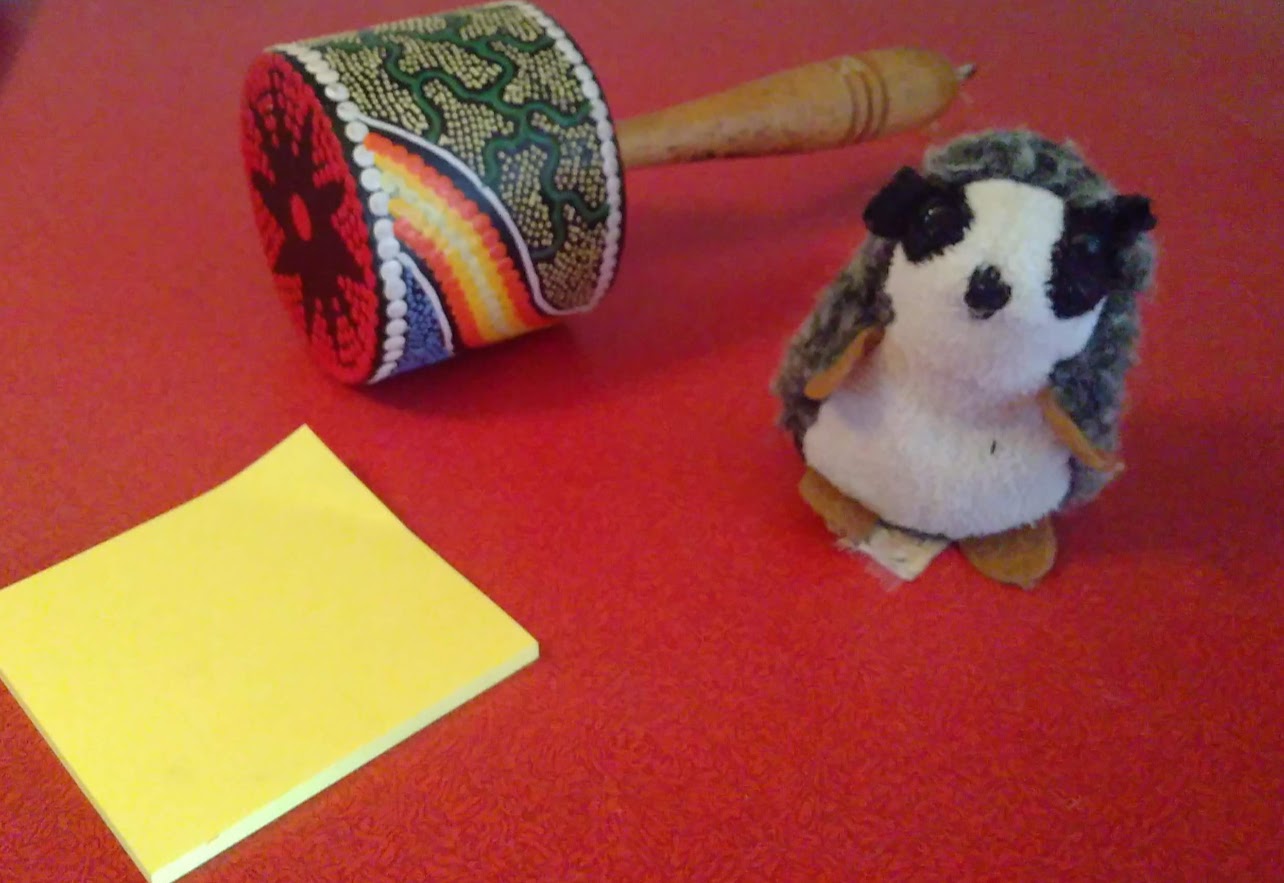
This is one of my favourite talk structures, and one that I always come back to.
Present an idea, and ask students if they think it is a Good idea or a Bad idea.
The key is to make sure that there isn’t one single correct answer. This is at the heart of this simple way of promoting thinking and talk. It means that many more students will be willing to speak up, because, as long as they can provide a reason, everyone’s thinking is valid.
Good Idea / Bad Idea enables pupils to become better at reasoning, especially explaining, convincing and justifying. Providing questions like this, no matter how light-hearted they are (see below), means that your pupils will want to say because and justify their opinions.
This easy-to-replicate talk structure promotes both critical and creative thinking, and allows students to see others’ perspectives.

Tourist trips to space?
A conversation might go something like this:
Tourist trips to space – good idea / bad idea?
Emily: I think tourist trips to space are a bad idea because we should leave some of the natural world alone. We’ve already damaged so many places through tourism – we wouldn’t want that to happen to space.
Joy: I disagree. I believe it’s a good idea because actually, seeing the whole world from space might inspire people to look after it better.
Jake: I would like to build on Emily’s point. Going to space could also harm the natural world because it uses a lot of resources, like fuel.
Here are a few more Good Idea / Bad Idea suggestions:
Talking sheep – good idea / bad idea?
Pet giraffes – good idea / bad idea?
Suddenly singing a song just because you feel like it – good idea / bad idea?
Extreme sports – good idea / bad idea?
Taking photos in risky situations – good idea / bad idea?
Plant-based diet – good idea / bad idea?
Wearing facemasks in crowded places – good idea / bad idea?
I publish thinking questions, including some good idea / bad idea questions, every weekday at www.topsypage.com/questions.
Help students to use the language of Maths
An opportunity to take your teaching to the next level
An oracy game, a mental workout, and an opportunity to practise respectful challenge
Encouraging pupils to think more deeply in reflection and talk time
A resource to get pupils thinking and talking about whether living things have rights
An example of using a small-but-curious event to get pupils talking and thinking
Get students thinking and talking with a game that only takes moments to set up.
If you’re not yet doing P4C – this video will convince you. If you are, it will convince you to do more.
This resource brings together phrases and tips to help parents and carers develop dialogue with their children at home.
A simple way to help learners structure their talk, thinking and note-taking.
By naming 26 ways of thinking in a simple alphabetical structure, the new Thinking Moves A-Z provides a language for teachers and students to reflect on their own cognitive processes - enhancing thinking and deepening learning.
The game ‘Odd One Out’ is a great way to begin lessons on specific themes or topics - you can quickly create a resource box that will last for the duration of the topic.
An example of raising engagement in learning using the power of open questions.

